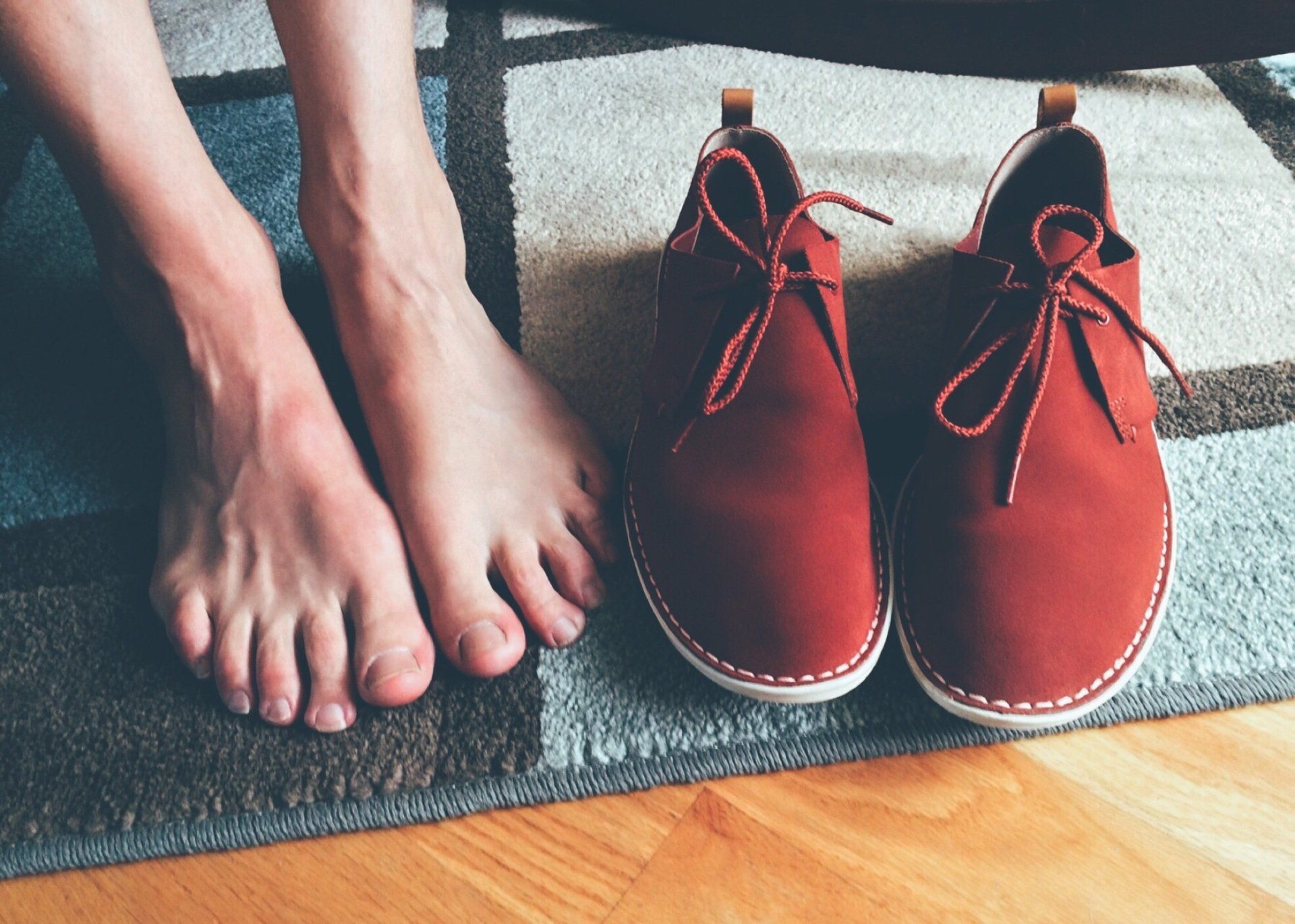Why is the vagus nerve so important?

You may already know that this long nerve plays an important role in the body – you may have heard the terms ‘fight/flight’ and ‘rest, digest and repair’. You may have also heard how the vagus is important in our mental health and wellbeing – or perhaps you have heard about ways to improve your vagal tone.
So named from the latin word for ‘wandering’ the vagus nerve is the longest of the cranial nerves – one of 12 nerves that originate from the head and are involved in finding food, chewing, swallowing, digesting and eliminating waste.
However, the vagus nerve does so much more – this nerve is so complex we may never know the full extent of its influence and effects throughout our body.
It regulates our internal organs, affecting our breathing, circulation, heart rate and digestion. It even plays a big part in our mental health and wellbeing. We can improve the ‘health’ or tone of the vagus nerve through various activities and interestingly some of these practices have been used for thousands of years.
Some of the common problems that can be related to vagal nerve problems include tense muscles, sore neck/shoulder muscles, migraines, back pain, teeth grinding, dizziness, lack of energy, difficulty sleeping, high blood pressure, shortness of breath, asthma, immune system issues such as allergies and minor infections, poor digestion, stomach problems, excessive eating, Autism, ADHD, mental health issues such as excessive worrying, memory difficulties or making decisions to name a few!
What is vagal tone?
Vagal tone is the measure of how well this nerve is functioning, and ultimately how good our physical, emotional and mental health is. If we have poor tone, we are more susceptible to the symptoms described above. You can measure vagal tone by recording heart rate variability – the small fluctuations in our rate as we breathe in and out.
So how do I improve my vagal tone?
There are some practices in cultures around the world that have been used for thousands of years, that we now understand how they are beneficial for our vagal nerve health.
Yogic practices such as breathing, meditation and even humming or chanting all improve vagal tone.
One of the simplest methods you can use is focused breathing techniques such as slow breathing with equal length of in and out breath, or longer slower out breaths.
Our diet also affects our vagus nerve. Improving our diet by reducing our sugar intake (sugar kills many of the beneficial bacteria we need in our gut) and increasing cultured ‘live’ foods (probiotics) such as yogurt, kefir and sauerkraut can all help improve the diversity of our microbiome. Increasing prebiotic foods in our diet – foods that feed the microbiome such as garlic, bananas, leafy greens, oats and apples to name a few – can also help.
Inflammation lies at the root of many chronic conditions. Although inflammation is part of the healing response of the body, chronic or long standing inflammation can cause damage. Inflammation can be part of the reaction to stress and is a major contributor to ageing, allergies and diseases such as Inflammatory bowel disease (Crohn’s and Ulcerative colitis) Altzheimers, Dementia, Arthritis and Type 2 Diabetes.
Omega 3 is a useful supplement to counteract inflammation, and vitamin D3 helps to switch off the inflammatory response.
Perhaps a little less pleasant to try is cold exposure. Cold showers, wild swimming in cold water, or even ice baths have all been shown to improve vagal tone and heart rate variability. Wild swimming has become increasingly popular lately with many stories of people improving their mental health and also physical conditions such as Crohns through cold water exposure. I have hated and avoided cold water for much of my life, but recently I have too enjoyed wild swimming, even in February in the sea. I started with a blast of cold water at the end of my regular shower, and then slowly built up the time and temperature I could tolerate.
Last but not least, Bowen is a great way to work with your vagus and help your body switch out of stress mode. Many of the moves we use in a treatment work directly over the vagus which is part of the reason why Bowen is effective for such a wide range of conditions. Bowne is a relaxing treatment to receive and enables your body to move into the healing response, aiding recovery from injury and reducing pain.



